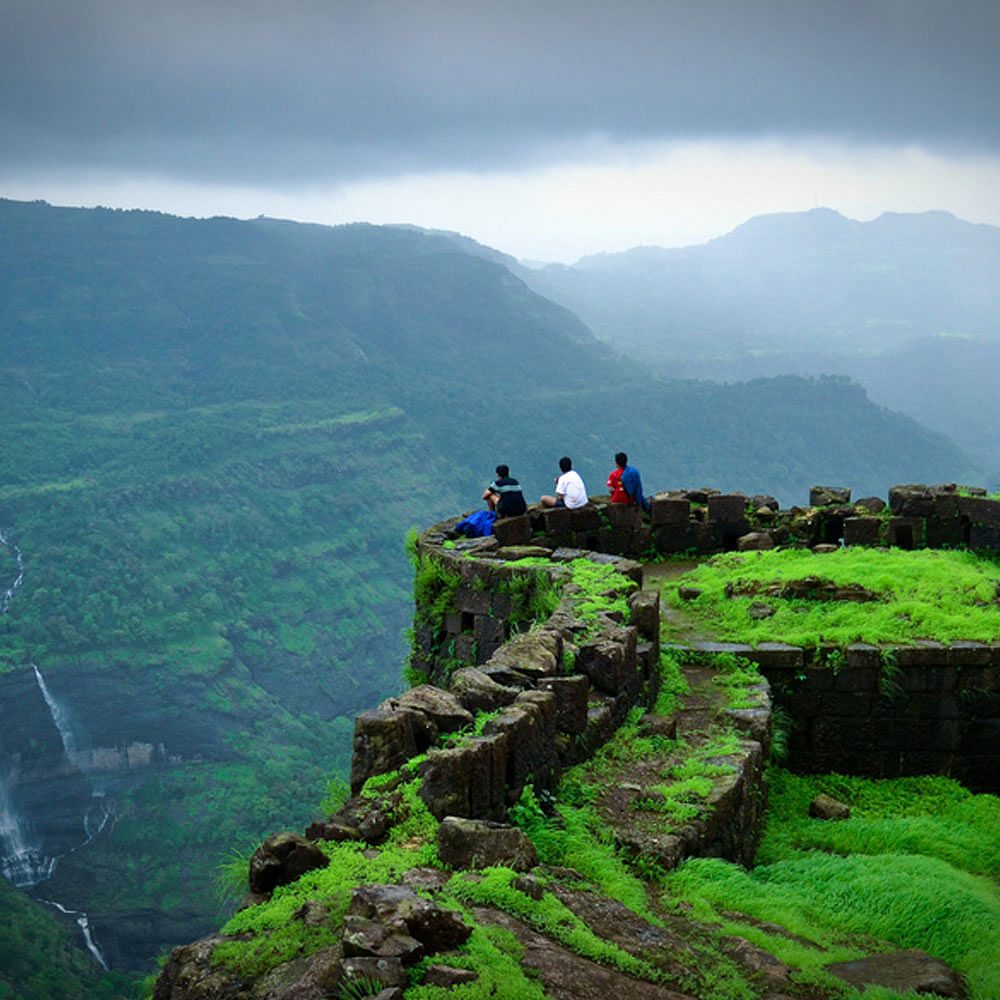Rajmachi Fort holds a significant place in Maharashtra's historical and cultural heritage. Guarding the ancient trade routes of the Western Ghats, this majestic fort witnessed centuries of conquests, battles, treasons, and the falling of dynasties. Built by the Satavahanas, Rajmachi later passed into the hands of various rulers, including the Marathas and the Mughals, before eventually falling under British control. But beyond its historical significance, Rajmachi Fort is known for its breathtaking views, cascading waterfalls, centuries-old temples, and the thrill of unravelling ancient mysteries amidst nature's grandeur.
If you've never experienced this place in person, take this as a sign to visit this historical site as soon as possible. We've got all the details you need to know before going on a trek to Rajmachi Fort!

